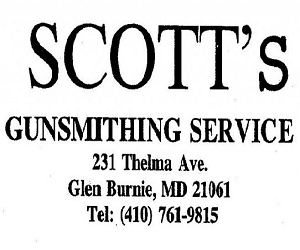- May 5, 2010
- 6,588
I did a small amount of reloading junk ammo on a single stage many years ago, but I'm new to the turret press.
1) do you need to trim cases to the same length for long range shooting? I heard you do for consistency.
2) do you need to trim at exact max trim length (a lot of my cases happen to be), or just when you go over?
3) being new to the turret press, I feel like it cuts out some steps I'm used to. For example, you don't really clean primer pockets or fully inspect like you do with a single stage. Any concerns here?
4) best cheap way to clean cases? I was going to skip this step but since I can a suppressor they are caked in carbon with the semiauto.
5) my reloading manual says crimping degrades accuracy and shouldnt be done unless there is a cannelure, however I've seen factory crimped ammo on bullets with no cannelure. what's the truth here?
6) also, what's a good trimmer? I just have one of those cheap Lee hand trimmers.
1) do you need to trim cases to the same length for long range shooting? I heard you do for consistency.
2) do you need to trim at exact max trim length (a lot of my cases happen to be), or just when you go over?
3) being new to the turret press, I feel like it cuts out some steps I'm used to. For example, you don't really clean primer pockets or fully inspect like you do with a single stage. Any concerns here?
4) best cheap way to clean cases? I was going to skip this step but since I can a suppressor they are caked in carbon with the semiauto.
5) my reloading manual says crimping degrades accuracy and shouldnt be done unless there is a cannelure, however I've seen factory crimped ammo on bullets with no cannelure. what's the truth here?
6) also, what's a good trimmer? I just have one of those cheap Lee hand trimmers.


